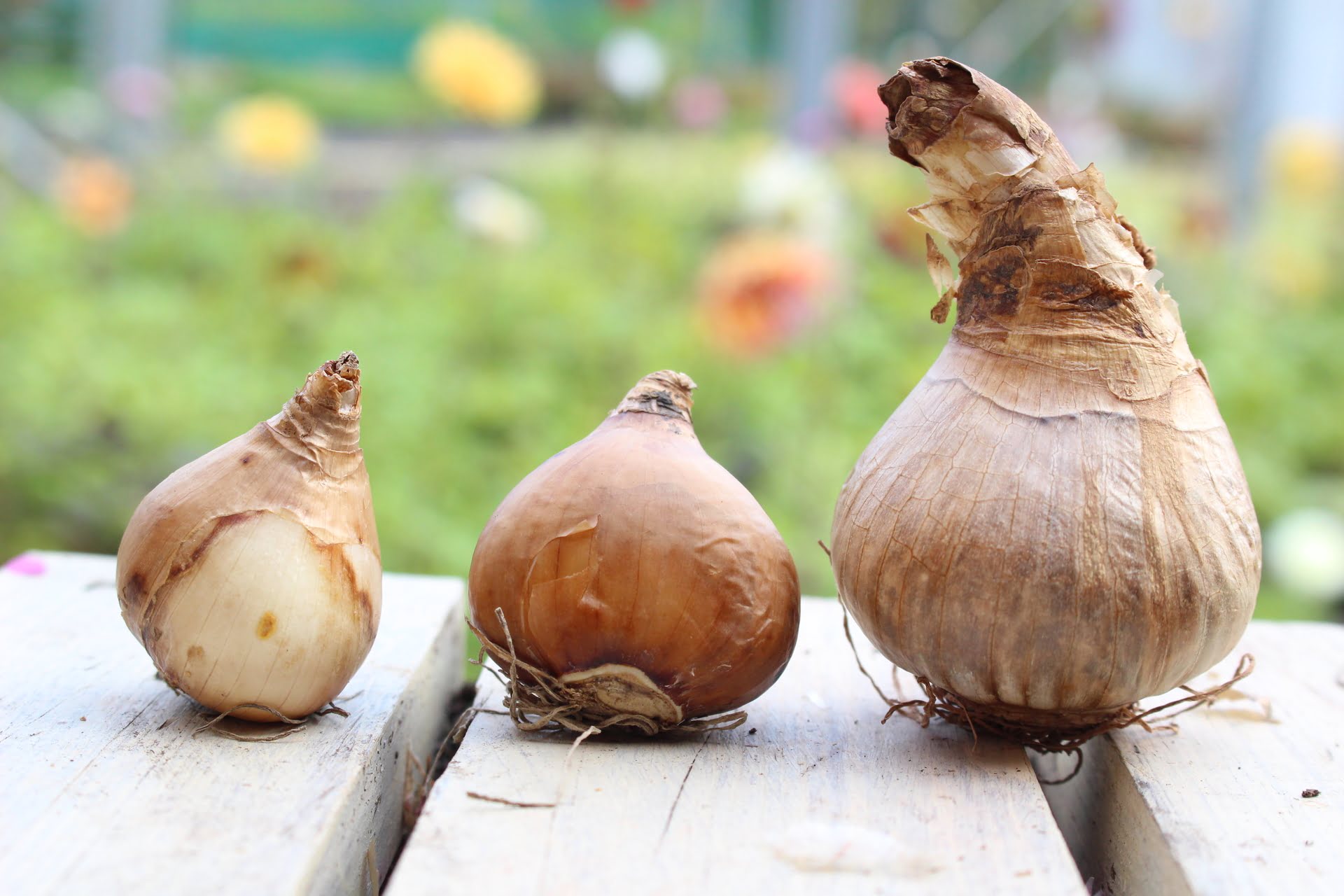

Articles
How To Store Daffodil Bulbs Over Summer
Modified: January 8, 2024
Learn how to store daffodil bulbs over the summer in this informative article. Follow our expert tips to ensure a successful preservation process.
(Many of the links in this article redirect to a specific reviewed product. Your purchase of these products through affiliate links helps to generate commission for Storables.com, at no extra cost. Learn more)
Introduction
Welcome to our comprehensive guide on how to store daffodil bulbs over the summer! If you’re an avid gardener or have recently discovered the joy of daffodils in your garden, you may be wondering what to do with your bulbs once they have finished blooming. Storing daffodil bulbs properly during the summer months is essential to ensure their health and vitality for the next growing season.
Daffodils, known for their vibrant colors and delicate blooms, go through a natural cycle every year. After blooming, the foliage starts to wither and die back. At this stage, it’s crucial to take the necessary steps to preserve the bulbs and allow them to rejuvenate for the following year.
In this article, we will cover everything you need to know about storing daffodil bulbs over the summer. We’ll discuss why it’s important to store the bulbs, the best time to do so, and the preparations needed for proper storage. We’ll also provide guidance on choosing the right storage location, whether it’s in containers or directly in the ground. Additionally, we’ll share tips for checking on stored bulbs and ensuring their success.
By following our expert advice, you can ensure that your daffodil bulbs remain healthy and ready for another spectacular display in the coming season. So, let’s dive in and learn how to properly store daffodil bulbs over the summer!
Key Takeaways:
- Properly storing daffodil bulbs over summer ensures their health and vitality for future growth, protecting them from extreme temperatures and diseases, and allowing for division and replanting.
- Choosing the right storage location, preparing bulbs carefully, and monitoring their condition are essential for successful daffodil bulb storage, ensuring vibrant blooms in the next growing season.
Read more: How To Store Daffodil Bulbs Over Winter
Why Store Daffodil Bulbs
You might be wondering why it’s necessary to store daffodil bulbs in the first place. After all, can’t they just stay in the ground year-round? While daffodils are hardy plants, proper bulb storage is essential for their long-term health and vitality. Here are a few reasons why storing daffodil bulbs is important:
- Protection from Extreme Temperatures: Daffodil bulbs are sensitive to extreme heat and cold. By storing them during the summer, you can protect them from scorching temperatures or freezing winter conditions.
- Prevention of Rot and Disease: Leaving daffodil bulbs in the ground year-round increases the risk of bulb rot and diseases. Storing bulbs helps to minimize these risks and keeps them in optimal condition for future growth.
- Allows for Dividing and Replanting: Storing daffodil bulbs also provides an opportunity to divide the clumps of bulbs. Dividing bulbs every few years helps to maintain their health and ensures better flowering in the future.
- Preservation of Bulb Energy: When daffodils have finished blooming, their foliage begins to absorb nutrients and energy from the sunlight. By storing the bulbs, you allow the foliage to wither naturally and transfer nutrients back to the bulbs, strengthening them for the next growing season.
By taking the time to store your daffodil bulbs properly, you’re investing in their future success. Plus, it allows you the opportunity to care for and maintain these beautiful flowers, providing you with enjoyment for years to come.
When to Store Daffodil Bulbs
Knowing the right time to store daffodil bulbs is crucial for their long-term health and successful regrowth. The ideal time to store daffodil bulbs is after the foliage has yellowed and started to wither naturally. This usually occurs in late spring or early summer, depending on your specific climate and the bloom time of your daffodils.
It’s important to allow the foliage to die back completely before storing the bulbs. During this period, the foliage is still absorbing nutrients and transferring them to the bulbs. This process ensures that the bulbs are replenished and ready for the next growing season.
Once the foliage has turned yellow and started to wither, it’s safe to begin the storing process. Avoid cutting or removing the foliage prematurely, as this can negatively impact the bulb’s ability to store energy for the next year.
If you live in an area with mild winters, you may choose to leave the daffodil bulbs in the ground. However, if you experience freezing temperatures, it’s best to store the bulbs indoors to protect them from frost damage. Storing the bulbs during the warmer months also allows for easier bulb maintenance, division, and preparation before replanting in the fall.
By knowing the optimal time to store daffodil bulbs, you can ensure that they are in the best possible condition for regrowth and vibrant blooms in the following spring.
Preparing Daffodil Bulbs for Storage
Preparing daffodil bulbs for storage is an important step in ensuring their health and vitality during the dormant period. Follow these steps to properly prepare your bulbs:
- Remove Soil and Debris: Gently dig up the daffodil bulbs from the ground or carefully remove them from containers. Shake off any excess soil and debris attached to the bulbs. Avoid washing the bulbs, as excess moisture can lead to rot.
- Cut Back Foliage: Once the bulbs are removed from the soil, use clean and sharp pruning shears to trim the foliage. Leave about 2-3 inches of the foliage attached to the bulb. This ensures that the bulbs still receive some sunlight and can transfer nutrients for storage.
- Inspect for Damage or Disease: Examine each bulb for any signs of damage, rot, or disease. Discard any bulbs that appear mushy, discolored, or show obvious signs of disease. This helps prevent the spread of problems to other bulbs during storage.
- Dry Bulbs: Allow the bulbs to dry in a well-ventilated area for several days. This allows any moisture on the bulb’s surface to evaporate and reduces the risk of rot during storage.
- Optional: Treat with Fungicide: To further protect the bulbs from diseases and rot, you can dust them with a bulb-specific fungicide. Follow the instructions on the fungicide packaging carefully and wear gloves to protect your skin.
By properly preparing your daffodil bulbs for storage, you’re setting them up for success during their dormant period. Each step helps to ensure that the bulbs remain healthy and ready for planting or division in the following season.
Choosing the Right Storage Location
Choosing the right storage location for your daffodil bulbs is crucial to their long-term viability. Here are some factors to consider when selecting a storage spot:
- Temperature: Daffodil bulbs should be stored in a cool and dry location. The ideal temperature range for bulb storage is between 40 to 60 degrees Fahrenheit (4 to 15 degrees Celsius). Avoid storing the bulbs in areas that experience extreme temperature fluctuations or high heat, as this can damage the bulbs.
- Humidity: It’s important to store daffodil bulbs in a low humidity environment. High humidity can promote mold and rot, which can harm the bulbs. Choose a storage spot with good air circulation and low moisture content.
- Darkness: Daffodil bulbs should be stored in a dark location. Exposure to light can trigger premature growth and lead to weaker bulbs. Find a storage area that is free from direct sunlight or sources of bright artificial light.
- Protection from Pests: Ensure that the storage area is pest-free. Rodents and insects can damage or eat the bulbs during storage. Consider using containers with tight-fitting lids or storing the bulbs in a location that is inaccessible to pests.
- Avoid Freezing Temperatures: If you live in an area with freezing winters, it’s best to store the bulbs indoors to protect them from frost damage. Freezing temperatures can cause the bulbs to rot or become damaged, resulting in poor regrowth in the following season.
Some suitable storage locations for daffodil bulbs include a cool basement, garage, or a dark corner of a shed. Make sure the bulbs are stored away from any chemicals or substances that could potentially harm them.
By selecting the right storage location, you can ensure that your daffodil bulbs remain in optimal condition during their dormant period, ready to bloom beautifully when the time comes.
After the daffodil bulbs have finished flowering, allow the foliage to die back naturally. Once the foliage has turned yellow and dried out, carefully dig up the bulbs and store them in a cool, dry place until replanting in the fall.
Read more: How To Store Bulbs Over Summer
Storing Daffodil Bulbs in Containers
Storing daffodil bulbs in containers is a popular and convenient method, especially if you have limited garden space or want to easily access and monitor the bulbs during storage. Here’s how to store daffodil bulbs in containers:
- Choose the Right Containers: Select containers that are clean, sturdy, and have drainage holes. Avoid using containers that are too shallow, as daffodil bulbs need space for their root systems to grow.
- Prepare the Containers: Fill the containers with a well-draining potting mix or a mixture of sand, vermiculite, and perlite. This provides good airflow and helps prevent excess moisture that can lead to bulb rot.
- Place the Bulbs: Gently place the daffodil bulbs, pointed side up, into the container, making sure they are not touching each other or the sides of the container. Leave some space at the top of the container for adding additional potting mix.
- Cover the Bulbs: Once the bulbs are in place, cover them with additional potting mix, ensuring that the tips of the bulbs are still visible. This helps to protect the bulbs and maintain the proper moisture levels during storage.
- Label and Store: Label the containers with the daffodil variety and the date of storage. Place the containers in a suitable storage location, following the guidelines mentioned earlier in this article.
- Monitor Moisture Levels: Check the containers periodically to ensure that the potting mix is not too dry or too wet. If the mix feels dry, lightly water the container to provide moisture. Avoid overwatering, as excessive moisture can lead to rot.
- Check for Signs of Rot or Disease: During storage, inspect the bulbs for any signs of rot or disease. If you notice any bulbs showing signs of damage, remove them immediately to prevent the spread of problems to other bulbs.
Storing daffodil bulbs in containers gives you more control over their environment and makes it easier to check on their condition. With proper care and monitoring, your stored bulbs will be ready for planting or division in the next growing season, ensuring a beautiful display of daffodil blooms.
Storing Daffodil Bulbs in the Ground
If you live in an area with mild winters or prefer to store your daffodil bulbs directly in the ground, you can follow these steps for successful storage:
- Choose the Right Location: Select a spot in your garden that is well-draining and protected from extreme weather conditions. Avoid areas prone to waterlogging or excessive moisture.
- Prepare the Soil: Before storing the bulbs in the ground, prepare the soil by removing any weeds or debris. Loosen the soil to a depth of about 8-12 inches (20-30 cm) to provide room for the bulb roots to grow.
- Plant the Bulbs: Plant the daffodil bulbs at the recommended depth, typically 6-8 inches (15-20 cm) deep, with pointed side up. Space the bulbs according to the specific variety’s guidelines, usually 4-6 inches (10-15 cm) apart.
- Add Mulch: Once the bulbs are planted, apply a layer of mulch, such as straw or wood chips, to provide insulation and protect the bulbs from temperature fluctuations.
- Water the Bulbs: After planting and mulching, water the bulbs thoroughly. This helps to settle the soil and provide initial moisture for the bulbs during their dormant period.
- Mark the Location: Mark the area where the bulbs are planted with garden stakes or labels. This will help you locate and prevent accidental damage to the bulbs when working in the garden.
- Monitor and Protect: During the storage period, periodically check the area for any signs of disease or pests. Remove any weeds or debris that may have accumulated around the bulbs to maintain their health.
- Consider Dividing: If your daffodil clumps become overcrowded, you can take the opportunity during storage to divide them. Dig up the clumps carefully, separate the bulbs, and replant them in different areas of the garden as desired.
Storing daffodil bulbs in the ground allows them to go through their natural dormancy period while staying protected and ready for regrowth. With proper maintenance and care, your daffodil bulbs will thrive and bring joy to your garden in the next blooming season.
Checking on Stored Daffodil Bulbs
While daffodil bulbs are in storage, it’s important to periodically check on them to ensure their health and identify any potential issues. Here are some tips for checking on stored daffodil bulbs:
- Regular Inspection: Schedule regular inspections every few weeks to examine the stored bulbs. Look for any signs of mold, rot, or damage. Remove any bulbs that show signs of deterioration to prevent the spread of problems to other bulbs.
- Adjust Moisture Levels: Check the moisture levels of the storage medium, whether it’s the soil in containers or the ground. The medium should be slightly moist but not overly wet. Adjust watering as needed to maintain the proper moisture balance.
- Monitor Temperature: Keep track of the storage location’s temperature. Ensure it remains within the recommended range of 40 to 60 degrees Fahrenheit (4 to 15 degrees Celsius). Extreme temperature fluctuations can negatively affect bulb health.
- Prevent Pests: Inspect the storage area for any signs of pests such as rodents or insects. If detected, take appropriate measures to eliminate or deter them, as they can damage or consume the stored bulbs.
- Ensure Proper Darkness: Confirm that the storage area remains dark and free from light exposure. Light can trigger premature growth in the bulbs, leading to weak or stunted plants.
- Check Labels: Double-check the labeling of stored bulbs to ensure proper identification and future planning. Make note of any specific care instructions or deadlines for dividing and general maintenance.
By regularly checking on your stored daffodil bulbs, you can address any concerns promptly and take the necessary steps to maintain their health. This contributes to successful regrowth and a splendid display of daffodil blooms in the next growing season.
Tips for Successful Daffodil Bulb Storage
To ensure successful storage and healthy regrowth of daffodil bulbs, here are some tips to keep in mind:
- Proper Handling: Handle the bulbs with care, as they are delicate and can be easily damaged. Avoid dropping or rough handling, as this can lead to bruising and rot.
- Label and Track: Label the bulbs with the variety and the date of storage. This helps you keep track of their age and plan for future maintenance or division.
- Maintain Adequate Airflow: Whether storing bulbs in containers or in the ground, ensure there is sufficient airflow to prevent moisture buildup and rot. Avoid tightly sealed containers or areas with poor ventilation.
- Keep Away from Ethylene Gas: Daffodil bulbs are sensitive to ethylene gas, which is emitted by ripening fruits and vegetables. Store bulbs away from these produce items to prevent premature sprouting or damage.
- Avoid Storing with Other Bulbs: Different types of bulbs require specific storage conditions. Avoid storing daffodil bulbs with other bulbs that may have different temperature or moisture requirements.
- Monitor Pest Activity: Regularly check for pests, such as rodents, squirrels, or insects, in the storage area. Take appropriate measures to deter them and protect the bulbs from damage.
- Provide Adequate Darkness: Ensure the storage location remains dark to prevent premature growth. Cover containers with dark fabric or store bulbs in a location free from light exposure.
- Keep Storage Area Dry: Avoid excessive moisture in the storage area, as it can promote rot and disease. Check for any signs of excess moisture and take steps to mitigate it, such as improving ventilation or adjusting watering.
- Inspect Regularly During Storage: Regularly inspect the stored bulbs for any signs of damage, rot, or disease. Remove any affected bulbs promptly to prevent the spread of problems.
- Follow Recommended Storage Times: Each bulb variety may have specific storage requirements. Adhere to the recommended storage times for optimal health and successful regrowth.
By implementing these tips, you can maximize the chances of successful daffodil bulb storage. This will ensure that your bulbs remain healthy and ready for vibrant blooms in the next growing season.
Read more: How To Store Tulip Bulbs Over Summer
Conclusion
Storing daffodil bulbs over the summer is a crucial step in maintaining their health and ensuring a stunning display of blooms in the following season. By following the right techniques and considering key factors, you can successfully store your daffodil bulbs and set them up for success.
Remember to choose the ideal storage location, whether it’s in containers or in the ground, based on factors like temperature, humidity, and protection from pests. Properly preparing the bulbs by removing excess soil, cutting back foliage, and inspecting for damage is essential.
Throughout the storage period, it’s important to periodically check on the bulbs, monitor moisture levels, protect them from pests, and maintain proper darkness. By following these tips and guidelines, you can ensure the bulbs remain in optimal condition.
When it’s time to replant or divide the stored bulbs, remember to carefully handle them and plan accordingly based on labeling and tracking. Additionally, be mindful of proper airflow, avoid storing with incompatible bulbs, and work to keep the storage area dry and dark.
Storing daffodil bulbs over the summer allows them to go through their natural dormancy period, replenish nutrients, and prepare for vibrant blooming in the next growing season. With patience and proper care, you can enjoy the beauty and joy of daffodils for many years to come.
So, don’t overlook the importance of storing your daffodil bulbs. Follow the steps and tips outlined in this guide, and you’ll be rewarded with healthy, thriving daffodils that will brighten your garden year after year.
Frequently Asked Questions about How To Store Daffodil Bulbs Over Summer
Was this page helpful?
At Storables.com, we guarantee accurate and reliable information. Our content, validated by Expert Board Contributors, is crafted following stringent Editorial Policies. We're committed to providing you with well-researched, expert-backed insights for all your informational needs.
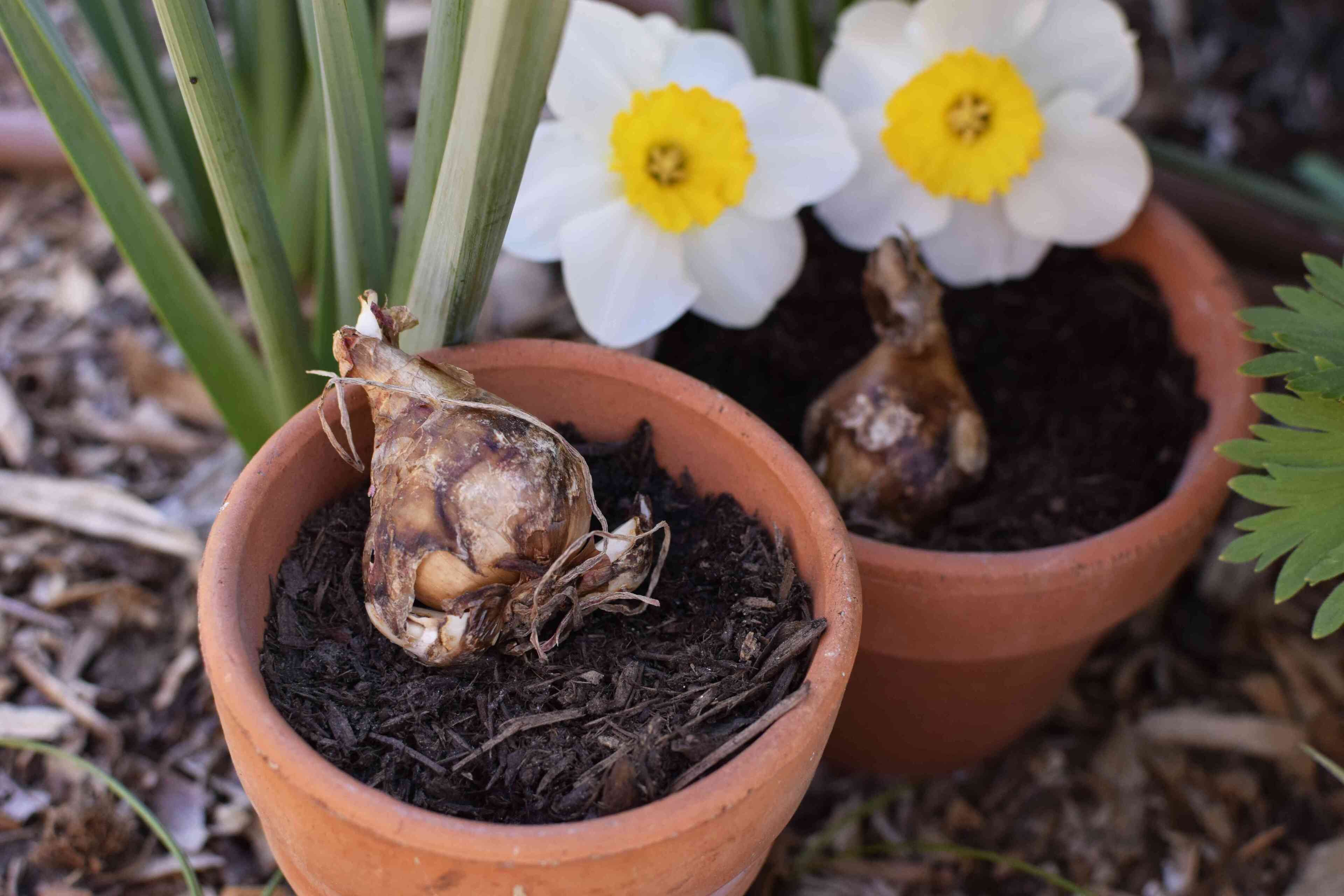
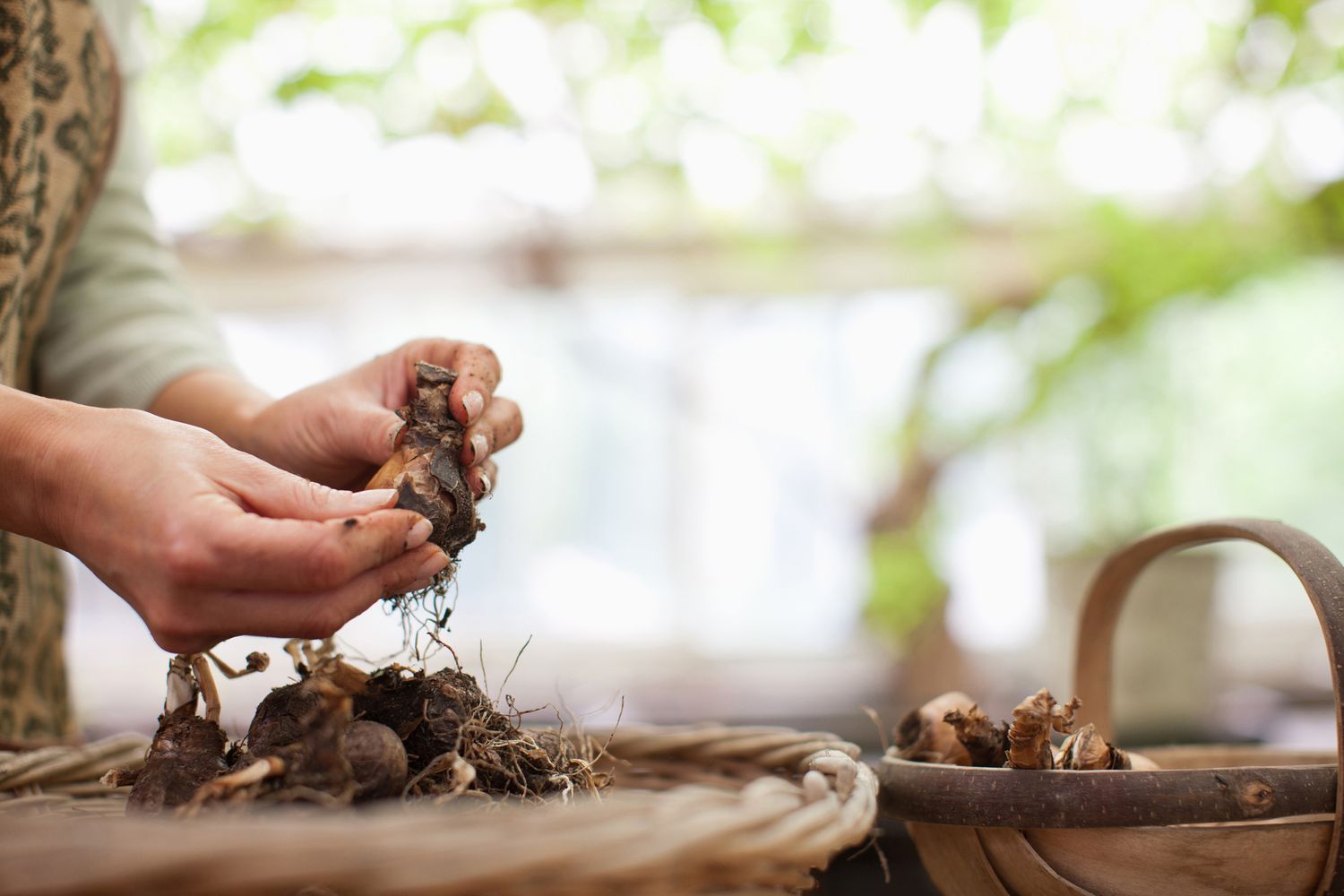
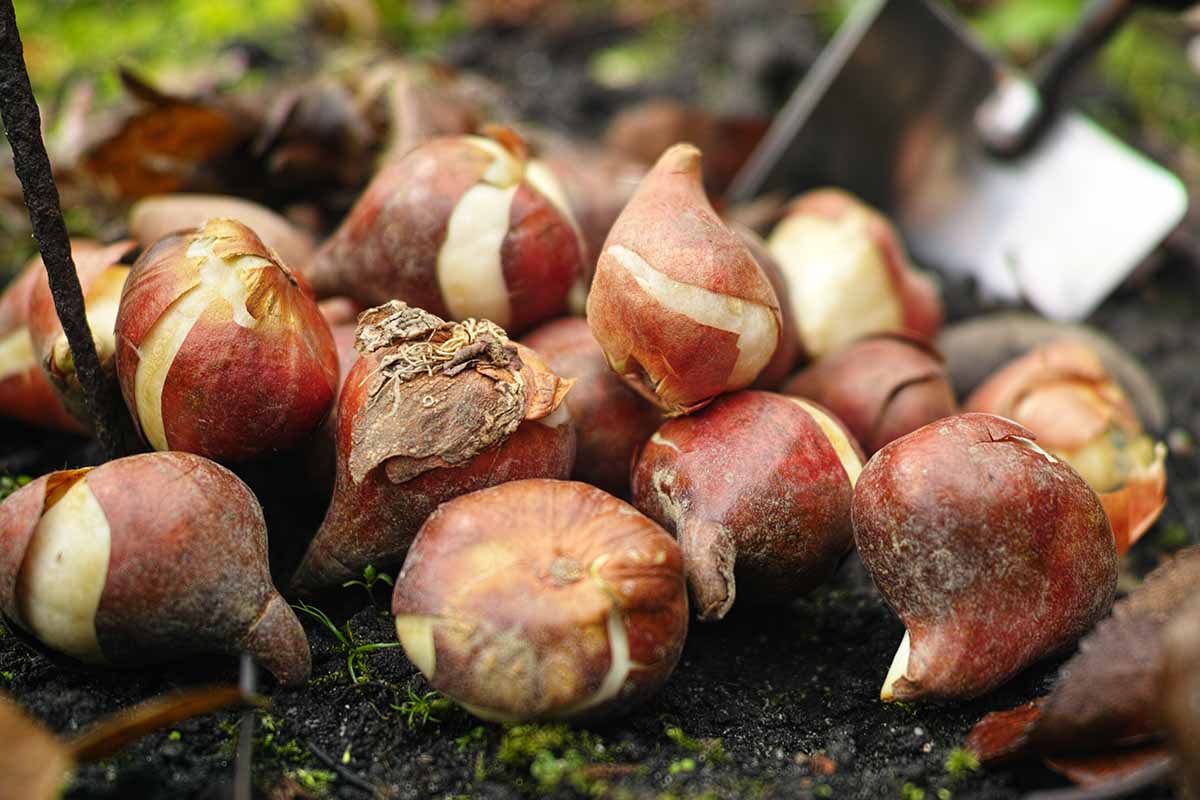
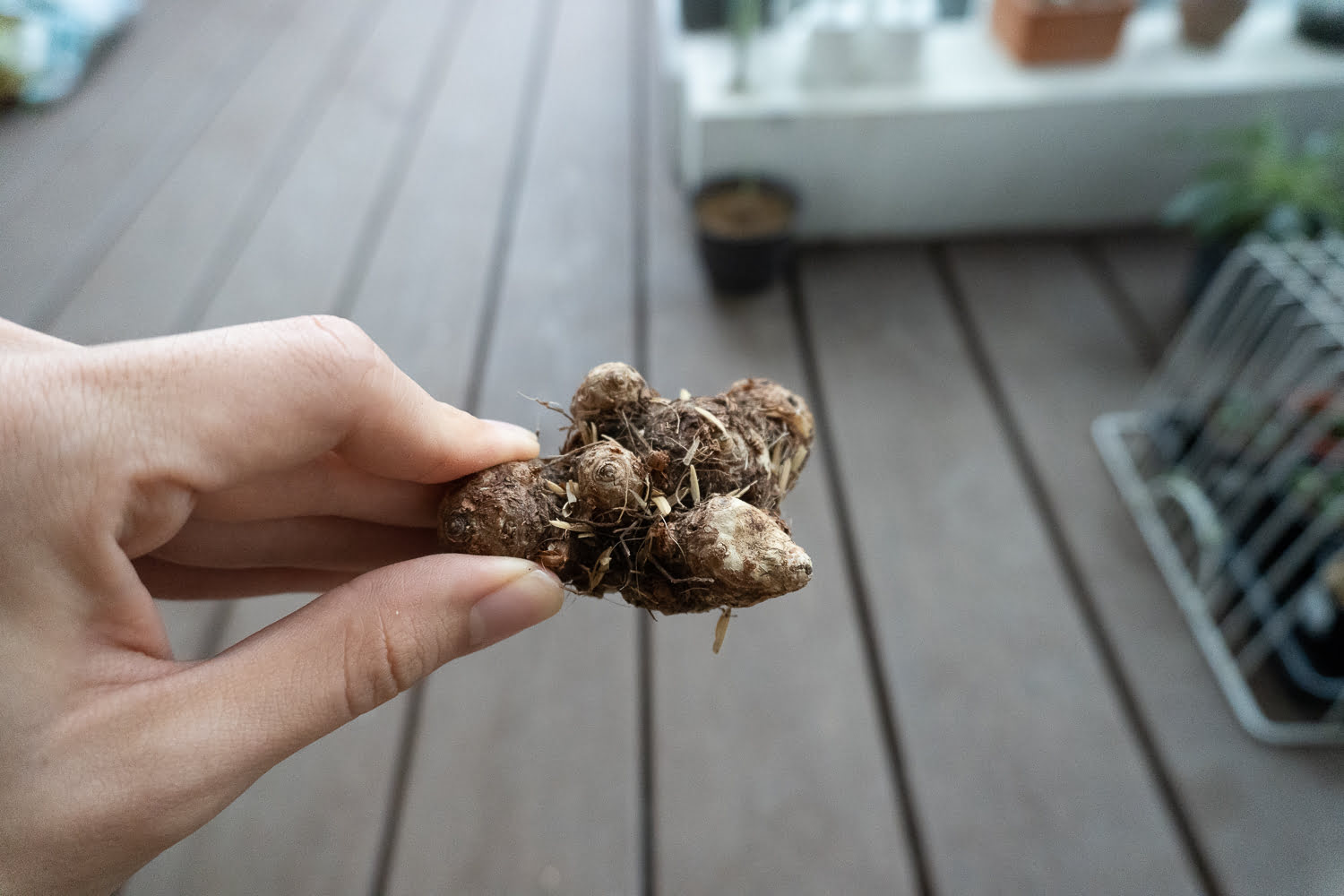
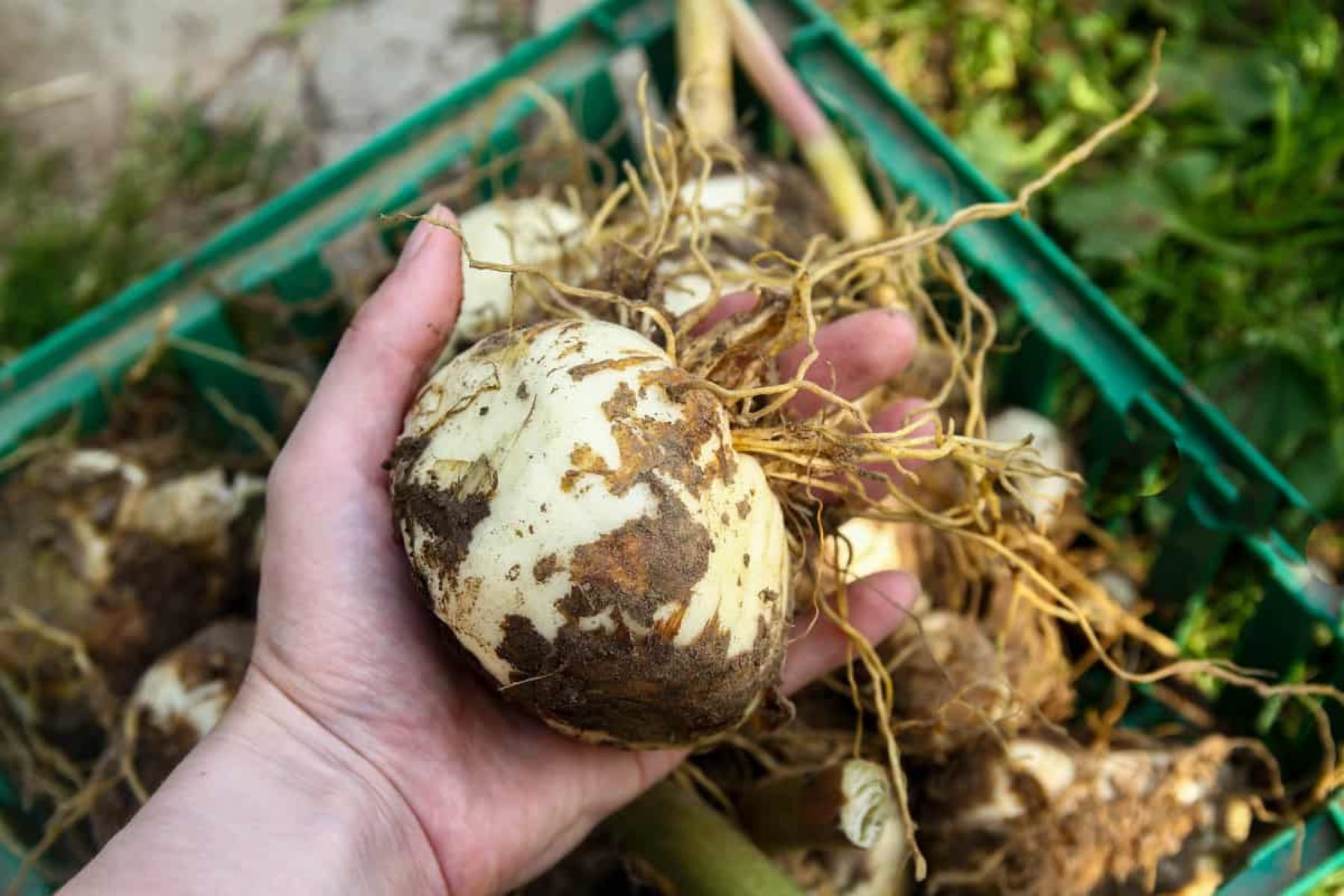
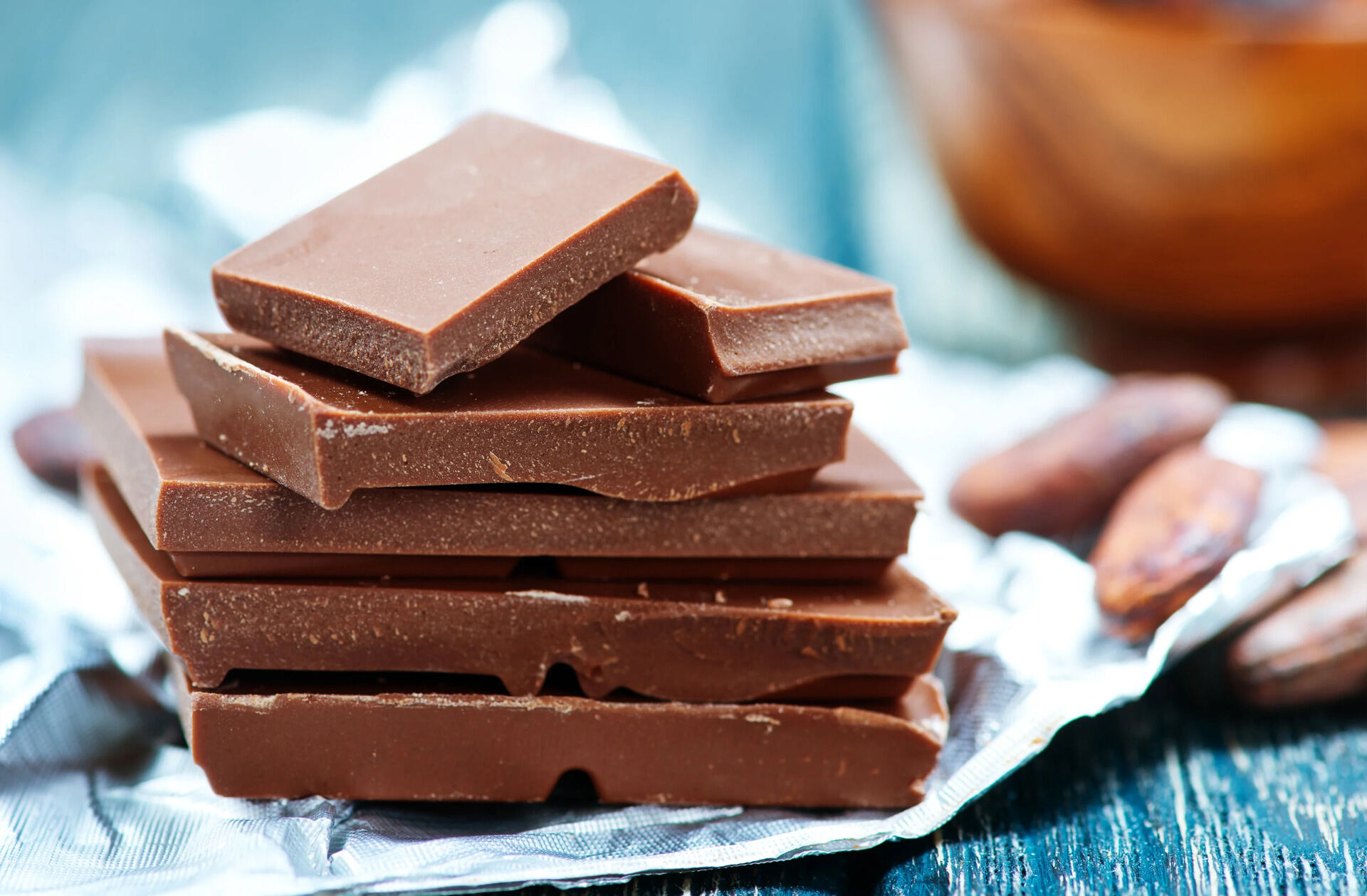
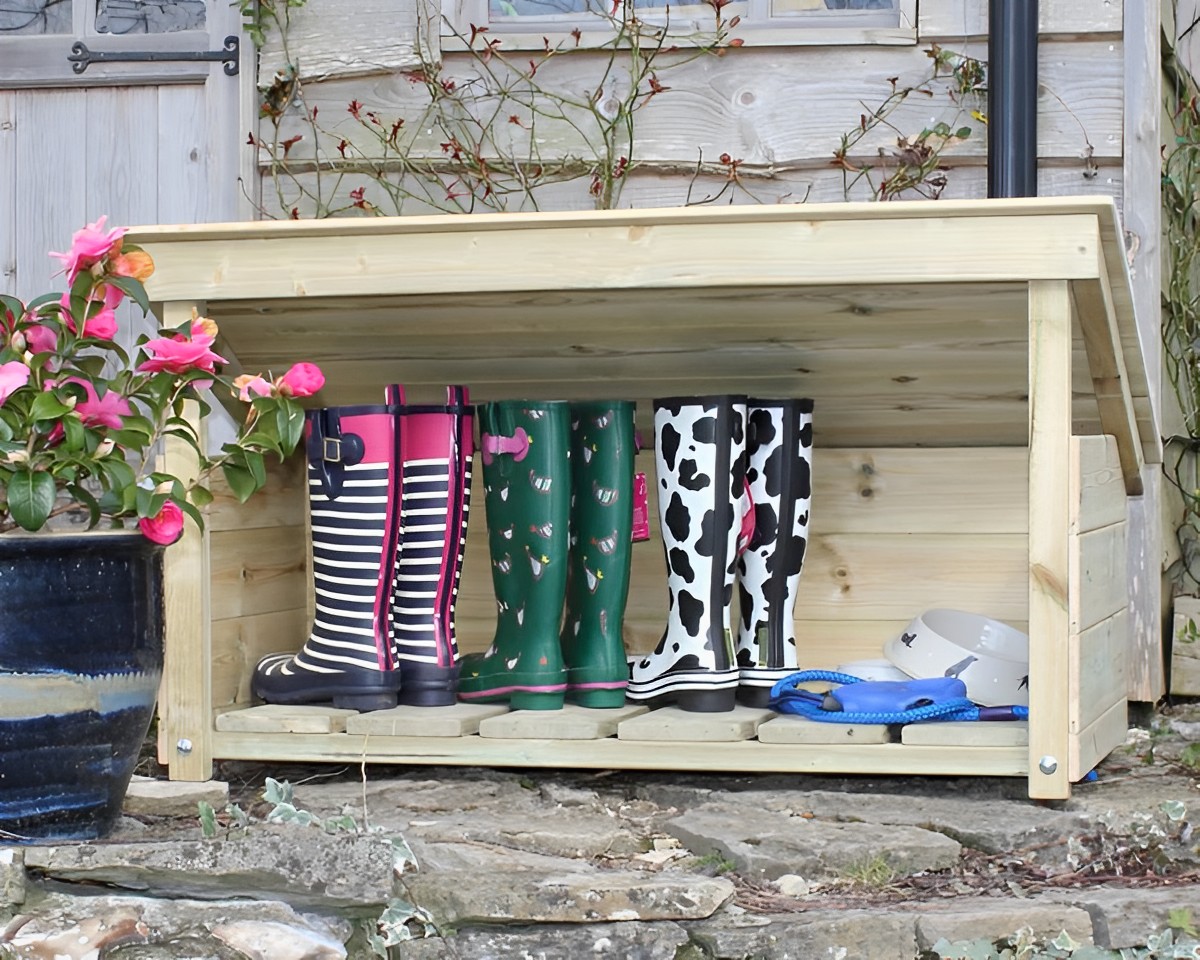


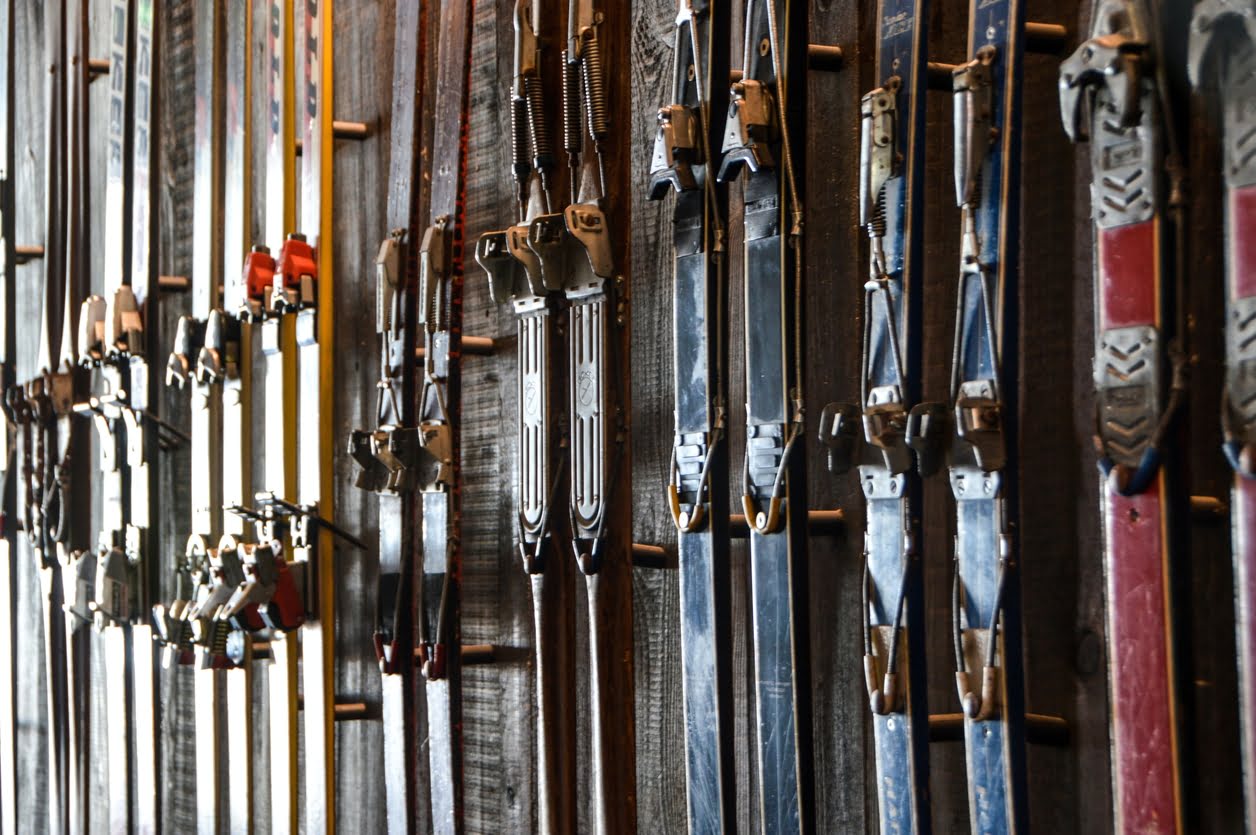
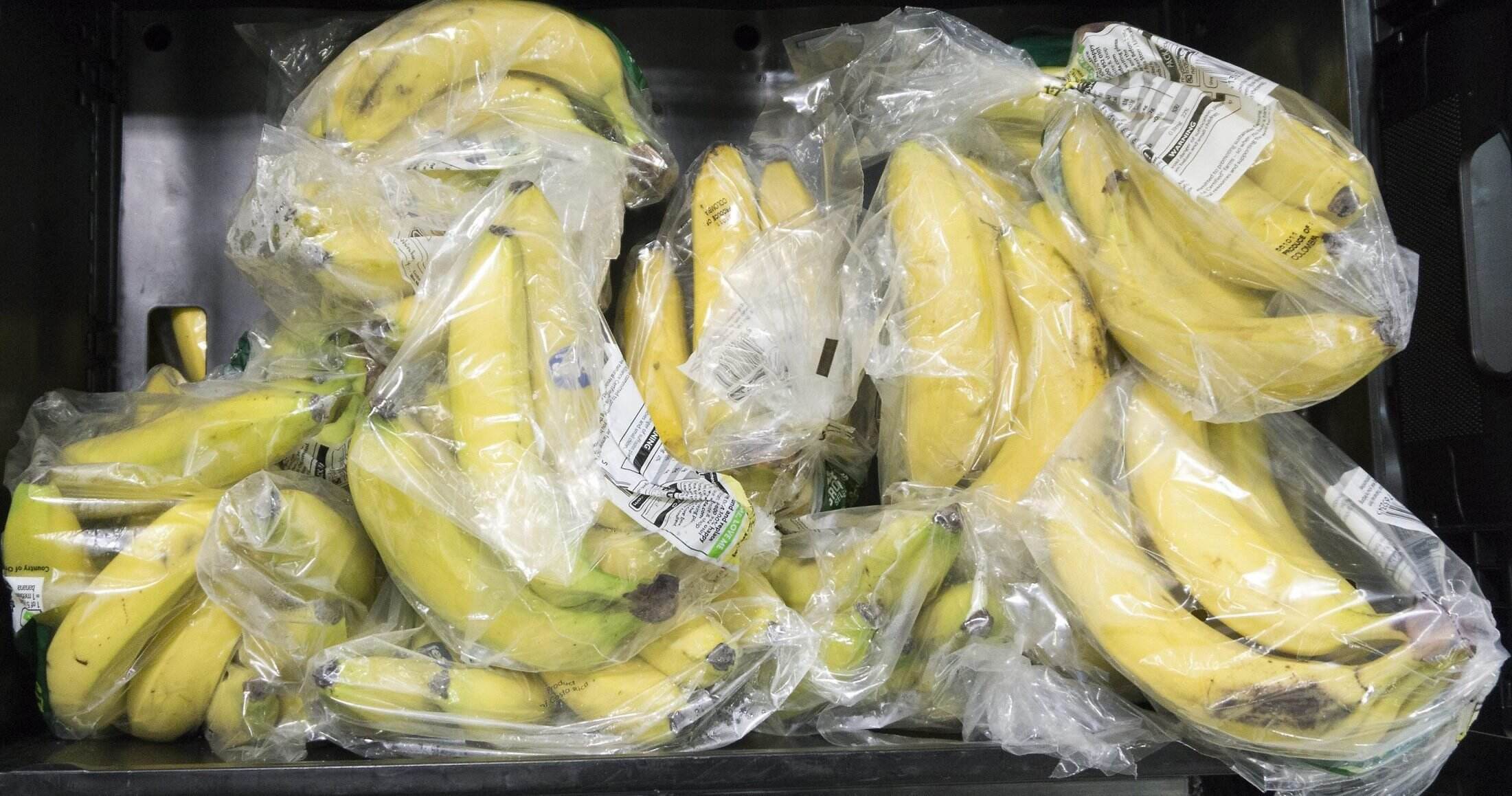

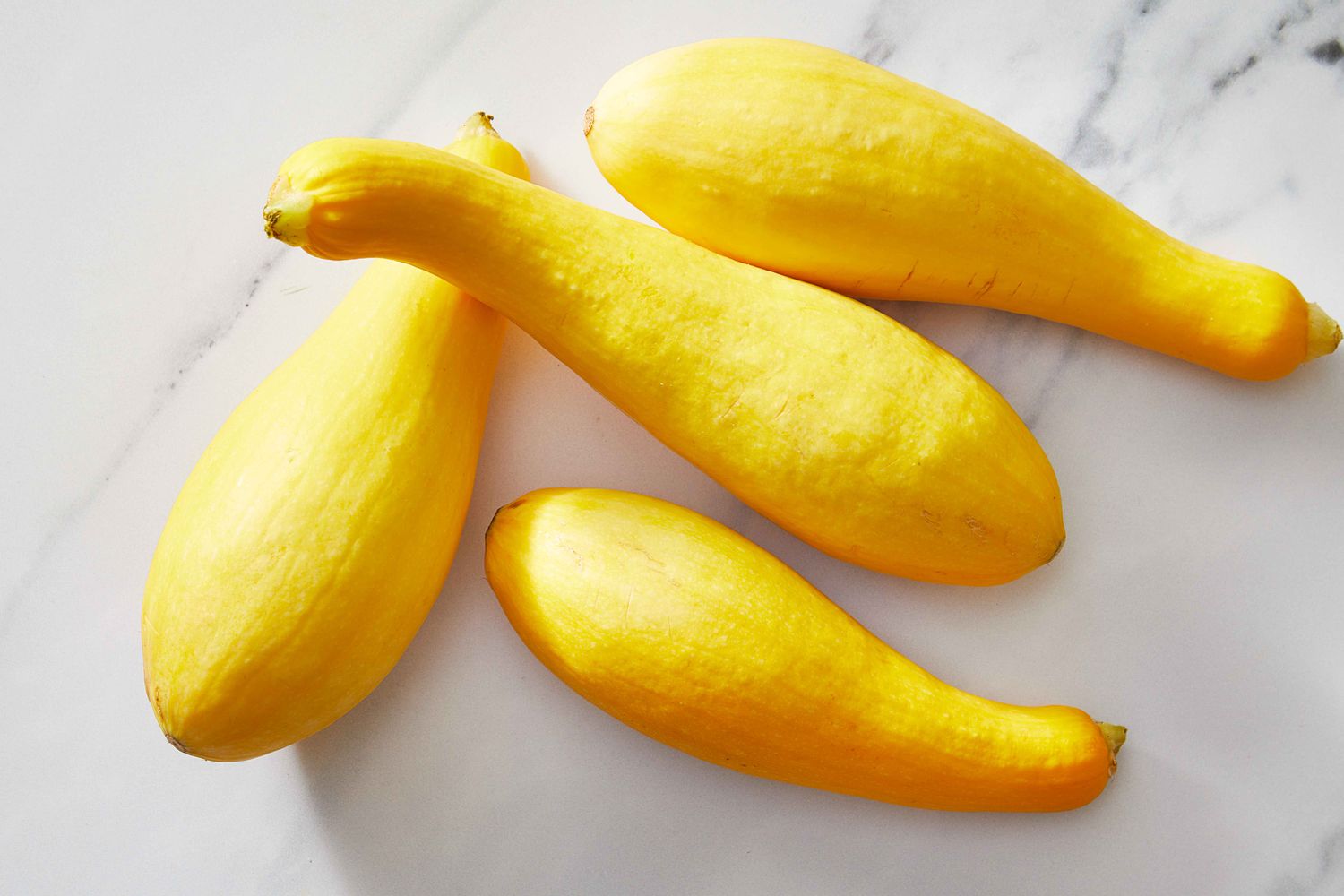

0 thoughts on “How To Store Daffodil Bulbs Over Summer”